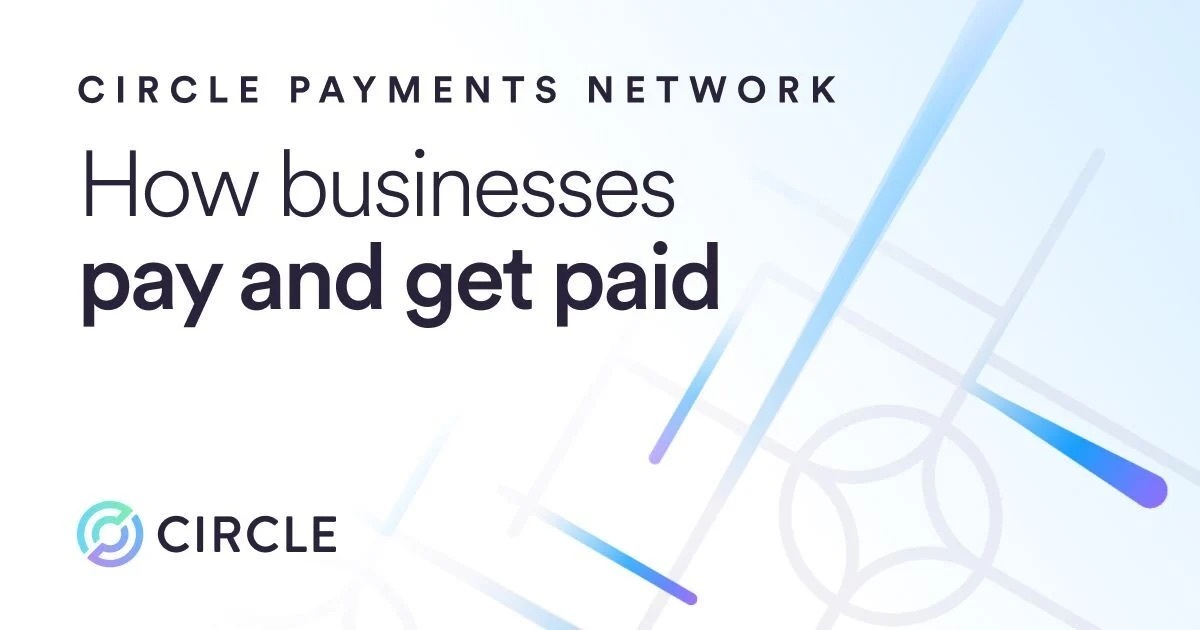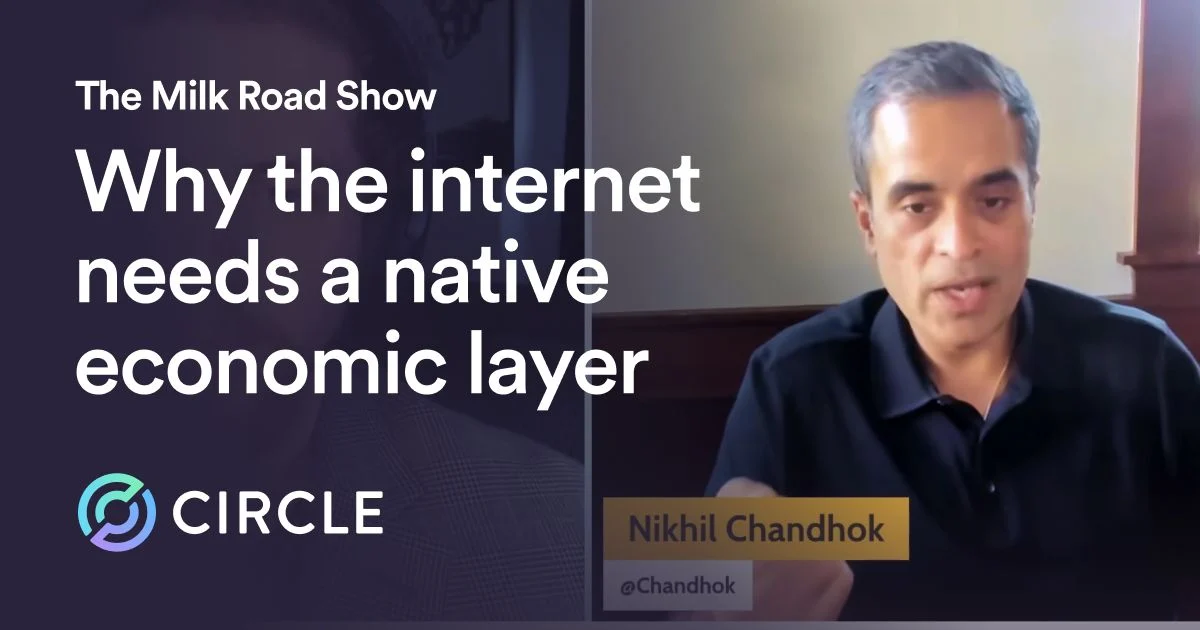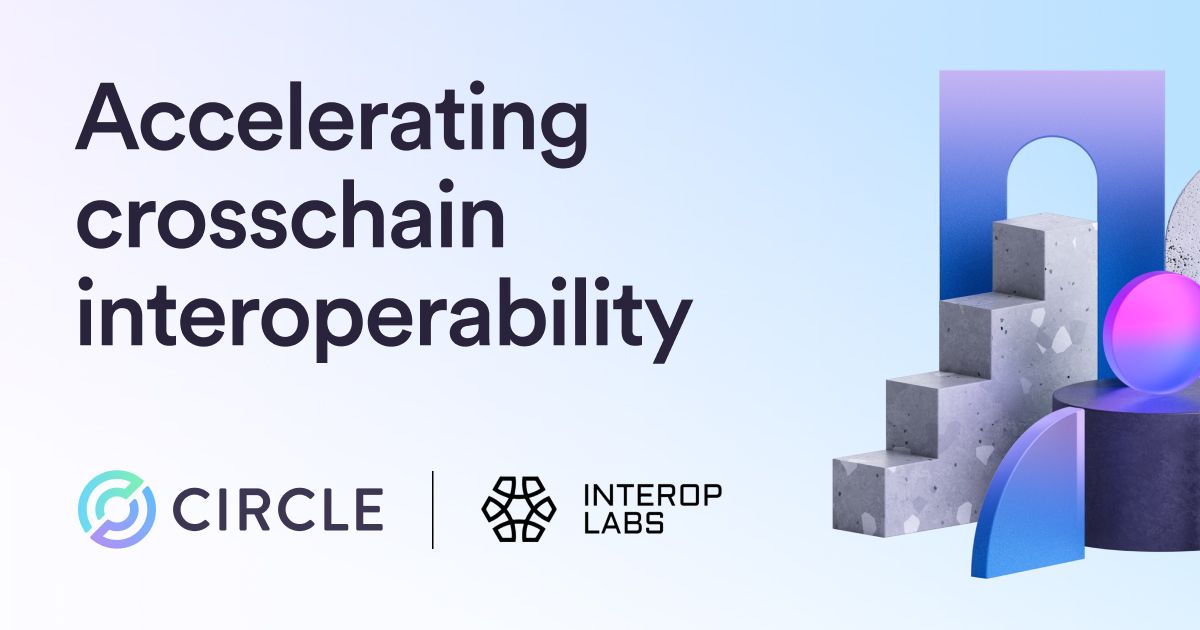CPN’s operational rules let institutions set custom risk controls, enabling compliant, always-on USDC payments across one global network.

In earlier installments of this series we explored how Circle Payments Network (CPN) leverages USDC in a programmable, always-on payments layer for businesses worldwide. Yet true enterprise adoption requires more than just speed and composability, it demands guardrails that map to each institution’s unique risk framework.
That’s where CPN operational rules come in. Think of them as the knobs and dials that let every bank, payments company, or virtual asset service provider configure CPN to its own unique preferences or requirements — without fragmenting liquidity or slowing innovation.
Eligibility and credentialing: trust by design
Before a financial institution can start adjusting their preferences, they must first demonstrate that they meet CPN’s eligibility standards. CPN’s eligibility process is intentionally rigorous, drawing on lessons learned from traditional banking as well as modern blockchain standards.
These attributes then become live, verifiable credentials that other members can reference when composing their own “allow/deny” logic within CPN.
Preference layers: turning risk into a feature
Once accepted into CPN, members gain access to a dashboard of operational rules spanning four principal layers:
- Geography: Accept or route flows to or from specific countries.
- Payment type: Distinguish among B2B, P2P, and first-party or third-party payouts.
- Entity: Select specific counterparty types with which to engage.
- Eligibility tier: Restrict engagement to institutions holding particular regulatory authorizations.
Because operational rules operate at the application layer — one layer above the base protocol — they don’t alter the way USDC moves onchain. Settlement finality is still achieved in the same block, and every USDC token remains perfectly interchangeable (i.e., fungible) across the network. The rules simply decide which counterparties are eligible to interact before a payment is submitted, functioning as real‑time match‑making filters that respect each institution’s bespoke settings.
Enforcement in real time
Unlike manual approval queues — or post‑transaction “look‑backs” — operational rules apply proactively. If two parties’ settings clash, they’ll never be matched in the first place. That means faster straight‑through processing for in‑policy flows, lower operational overhead for compliance teams, and continuous audit trails that prove rules were applied consistently.
Compliance-by-design benefits
Different institutions have different risk appetites and different strategic objectives. Whether they operate under stringent Basel banking rules, regional fintech sandboxes, or multinational payments charters, every participant calibrates CPN to fit its own mix of regulatory mandate and operational risk tolerance. For example:
- A US money‑center bank might allowlist only fully licensed entities in highly regulated jurisdictions.
- A Latin American fintech focused on SMB payouts may cap single transactions at $10,000 USD.
- A global PSP might permit only B2B and first‑party payout flows.
Operational rules harmonize these diverging stances without forcing a lowest common denominator policy across the network. As regulations tighten or diverge, institutions can simply adjust their sliders instead of rewriting code or renegotiating bilateral agreements.
Real-world use cases
The following examples illustrate how institutions can deploy operational rules to solve day‑to‑day business challenges while safeguarding compliance and efficiency. Each scenario spotlights a distinct lever — pricing, regional expansion, or treasury policy — and shows the tangible benefit of turning risk preferences into programmable logic.
Build on rails that take you where you want to go
With operational rules, CPN doesn’t force every participant into the same mold; it acknowledges diversity of risk tolerance while preserving the efficiency of a single, global payments network powered by stablecoins. That flexibility is what turns programmable money from a developer novelty into an enterprise-grade payment backbone.
If you’re ready to build on USDC-powered rails that respect your institution’s risk profile, apply to become a Circle Payments Network member today.
Circle Technology Services, LLC (CTS) is the operator of Circle Payments Network (CPN) and offers products and services to financial institutions that participate in CPN to facilitate their CPN access and integration. CPN connects participating financial institutions around the world, with CTS serving as the technology service provider to participating financial institutions. While CTS does not hold funds or manage accounts on behalf of customers, we enable the global ecosystem of participating financial institutions to connect directly with each other, communicate securely, and settle directly with each other. CTS is not a party to transactions between participating financial institutions facilitated by CPN who use CPN to execute transactions at their owUse of CPN is subject to the CPN Rules and the CPN Participation Agreement between CTS and a participating financial institution.




